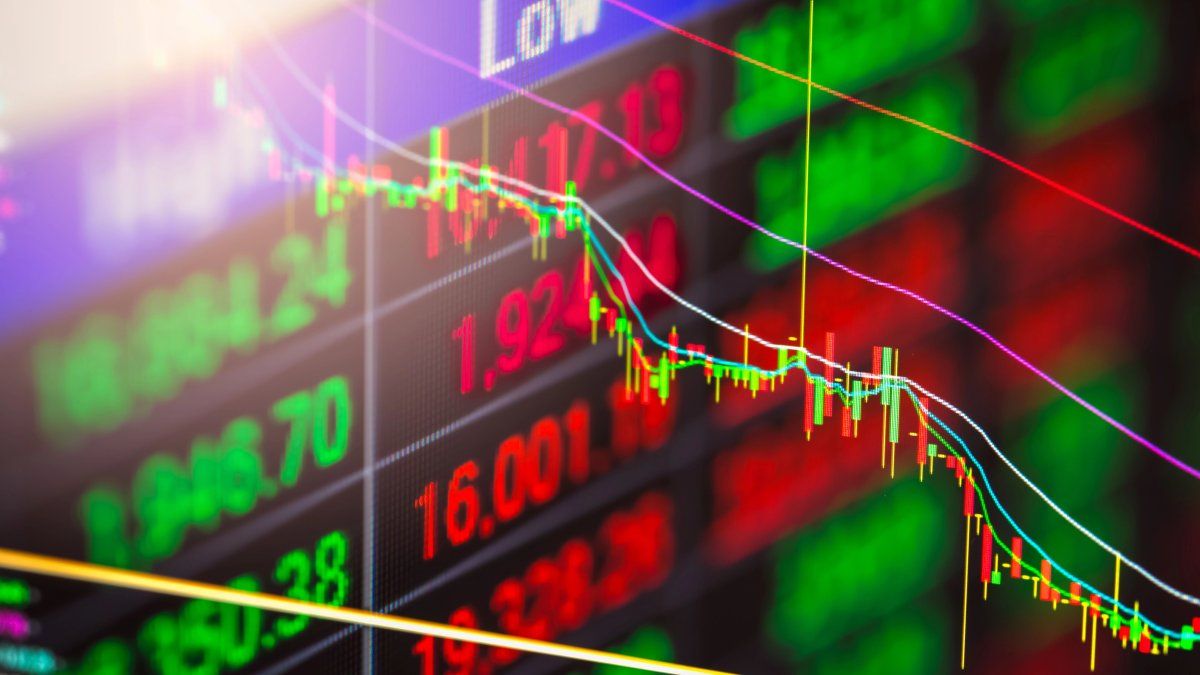Bolivia, Ecuador and Argentina’s bonds are among those who offer greater yields in Latin America.
The sovereign bonds From emerging countries they usually offer higher yields than those of developed economies, reflecting the highest risk associated with their economic and political contexts. According to Quantum Finance data, the 10 -year bonds in Bolivia, Ecuador and Argentina are among those that offer greater yields in Latin America, with rates of 32.1%, 18.1% and 11.0% respectively.
The content you want to access is exclusive to subscribers.
The administration of Luis Arce-Bolivia- has experienced significant economic challenges in recent years. After the end of the raw material boom in 2014, the country maintained high economic growth through a high public spending and growing internal credit. However, these measures resulted in an increase in public debt and a decrease in international reserves and tax savings accumulated during the bonanza. In March 2023, Bolivia’s sovereign bonds fell to historical minimum levels due to the decrease in the reserves of dollars of the Central Bank, which reached their lowest level in 15 years.


Ecuador has faced a series of economic and political challenges that have affected the perception of risk of their sovereign bonds. The country has dealt with fiscal and debt problems, which has led to restructuring and negotiations with international organizations. These factors have contributed to Ecuadorian bonds offer high yields, reflecting the risk perceived by investors.
For its part, Argentina became a focus of attention due to its recent economic policies. The administration of President Javier Milei, who assumed in December 2023, implemented pro -market measures aimed at stabilizing the economy and attracting investments. These policies included strict fiscal austerity, deregulation and reduction of public spending. As a result, inflation, which reached 211% in December 2023, currently decreased with a minimum monthly inflation of 2.7% in the same month. In addition, Argentina registered in February 2025 a primary surplus of 1.18 billion pesos, representing about 0.5% of GDP, and a financial surplus of 310,726 million pesos.
These reforms positively impacted the Argentine sovereign bond market. Bonds such as the Al30 (Bonar 2030), GD29 (Global 2029) and GD35 (Global 2035), issued in dollars under foreign legislation, stood out for their high profitability and legal protection they offer. The AL30, for example, offered an internal return rate (IRR) that ranged between 10% and 12% per year in dollars, depending on the moment of investment and market conditions. The GD29 presented an annual torment of 11% in dollars, while the GD35 stood out with a tir around 14% annual in dollars, attractive for investors with a long -term horizon.
In summary, the high yields of the sovereign bonds of Bolivia, Ecuador and Argentina reflect the economic and political challenges facing these countries. Investors demand greater returns to compensate for the risk associated with economic and political uncertainty in these nations. They become good options for aggressive profile investors.
Honorary Ambassador BRICS + in Argentina
Source: Ambito
David William is a talented author who has made a name for himself in the world of writing. He is a professional author who writes on a wide range of topics, from general interest to opinion news. David is currently working as a writer at 24 hours worlds where he brings his unique perspective and in-depth research to his articles, making them both informative and engaging.




